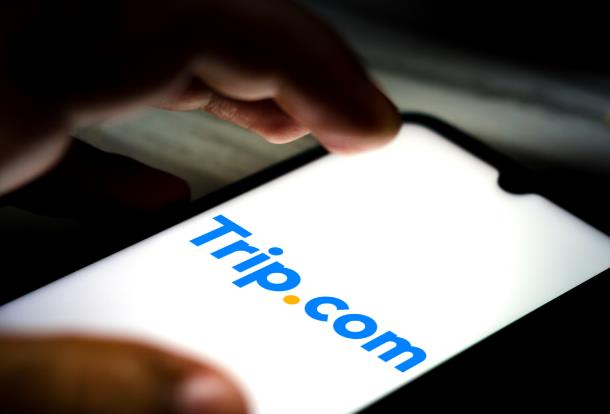A contributor on a recent OAG industry webinar compared current times to the process of flying. Rather than being able to use ‘Visual Flight Rules’, where we can see where we are going, we are all having to learn a new set of ‘Instrument Flight Rules’, where we are looking at technology and new sources of information to help see us through.
This comparison holds true when it comes to understanding when business and leisure travellers will want to start flying again (demand), and how businesses serving the travel and tourism sector will respond (supply). No longer can we rely on historic travel patterns to guide us, with the occasional tweak here and there. Now we need to find new sources of information and that often means asking the travelling public directly what they think.
Insights into Consumer Behaviour
The US consultancy firm McKinsey has been taking the pulse of consumers in a number of countries at regular intervals since a few weeks after the virus was declared a pandemic. Their most recent survey for China took place between 1st and 6th April and was the 4th such survey since February. What it showed was that consumer optimism has improved and most respondents believe the Chinese economy will rebound within two or three months, although they are still cautious about spending.
Travel, often a discretionary expense, is bound up with the economy. A strong economy leads to more disposable incomes and higher travel. So, it’s positive that consumers are feeling more positive about the economy and hopefully that will trickle through to them being prepared to spend money on travel.
While few passengers are travelling on international flights now because of restrictions imposed by governments, what about domestic travel? Are consumers choosing not to travel for economic reasons or for fear of contracting the virus, and when will this change? Another survey, this time by Ctrip, showed that large numbers of people are prepared to travel. The online survey of nearly 15,000 netizens showed that 78 per cent expressed willingness to travel soon, and half expected to travel before the end of June 2020, assuming the epidemic has ended.
Supporting this finding, Qunar, another of China’s online travel search tools, said online searches for China’s forthcoming 1st May holiday rose by 76 per cent for a week in March compared to the previous week. Of course, the travel industry may need to adapt and find new ways to entice travellers. Among these, Ctrip proposed “contactless tours” where every aspect of the trip can be undertaken without personal contact from online booking, to admission to attractions by scanning codes, and streaming of free audio guides for scenic spots from an app.
Leisure will recover eventually, but business travel will be challenged a recent OAG market survey reveals
A recent OAG survey asked about the effect on the respondents’ own business as well as when and how the industry would be affected as a whole. Over a quarter thought the impact of COVID-19 had already peaked on their business, while 39% thought it would peak in May 2020. Only 5% thought the impact would peak in September or later.
When asked about when leisure and business travel will return responses showed that the sentiment across the industry is that business travel will be dented through a combination of companies ‘tightening their belts’, watching their expenditure, higher air fares, fears of ongoing COVID-19 disruption and the possibility that digital communication will finally be accepted as a replacement for some business travel. Only 17% of respondents felt that business travel would return to the level it was, or even exceed, it within a 6 month to 2-year time-frame.
In contrast, those responding to the questions were more positive about leisure travel. Some 20% thought that leisure travel would come back stronger in the medium term as travellers make up for lost trips and take advantage of low airfares. Another 16% said that leisure travel would return to the pre-coronavirus level. However, a majority still thought leisure travel would be lower than it has been, especially through economic uncertainty and fears about coronavirus.
Looking to recovery
When talking about the timing of global recovery responses came from all over the world and were from a wide mix of sectors but the consensus is that recovery will be next year or even in later. That implies many months still to come of disrupted markets and fragile consumer appetite for flying.
What is keeping us awake at night?
When asked about pressure points for the industry, most were those concerned with keeping business going in the short term – cash management and business planning for after lockdown. However, the fact that more than two in five respondents said they stay awake ‘reimagining the new normal’ points to the fact that maybe some of the fundamentals are changing.
We should expect many aviation, travel and tourism businesses to emerge from this crisis as different entities, some stronger, some weaker and some gone altogether. So too, we should expect business and leisure travel to be different. Airports and airlines will need to undertake new activities that reassure travellers that flying is safe. Tourist destinations which previously suffered from ‘over-tourism’ will be looking at how they can re-balance the benefits of tourism with the local environment. Business travellers will be re-assessing how much business travel is really needed, or whether more communication in any form drives the need for even more face-to-face communication.




